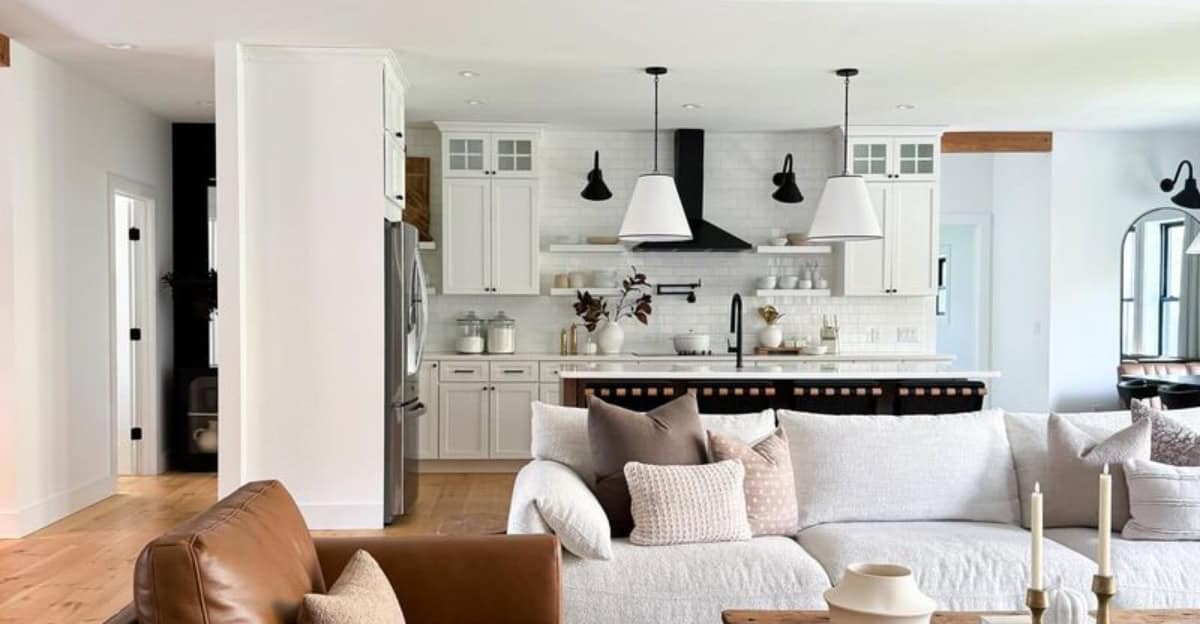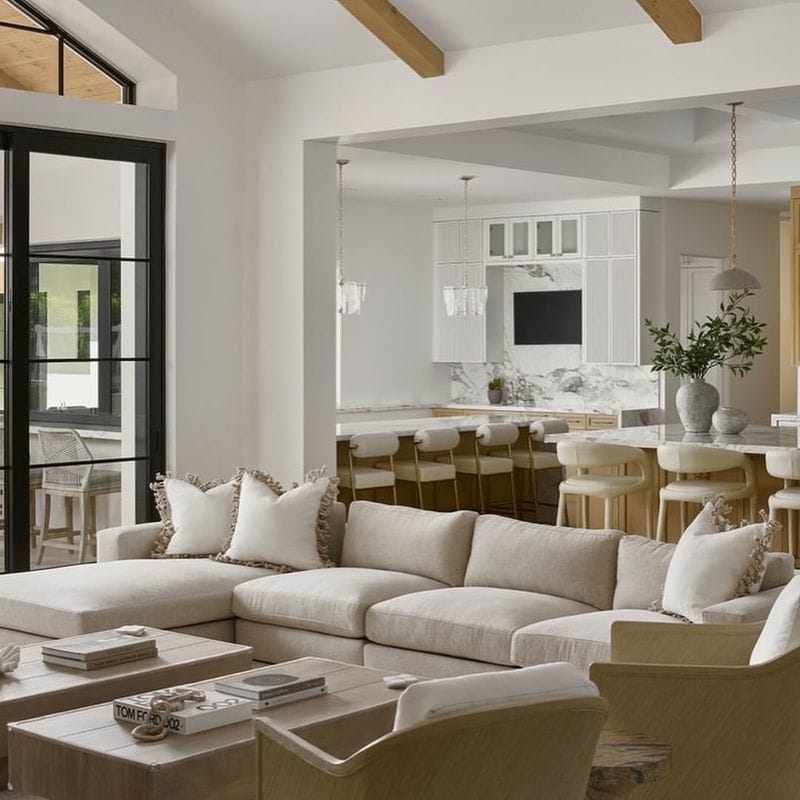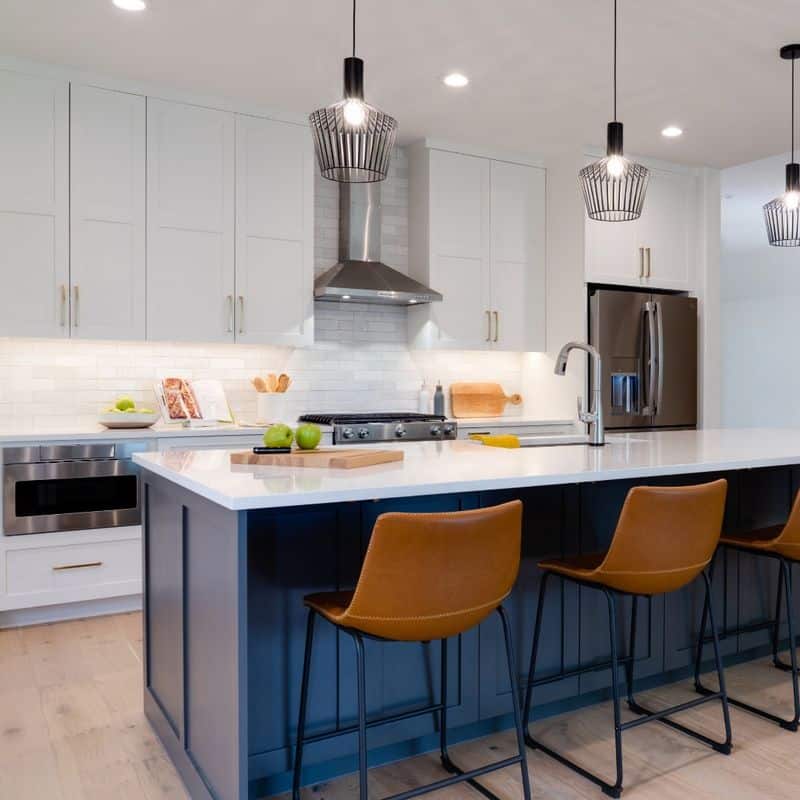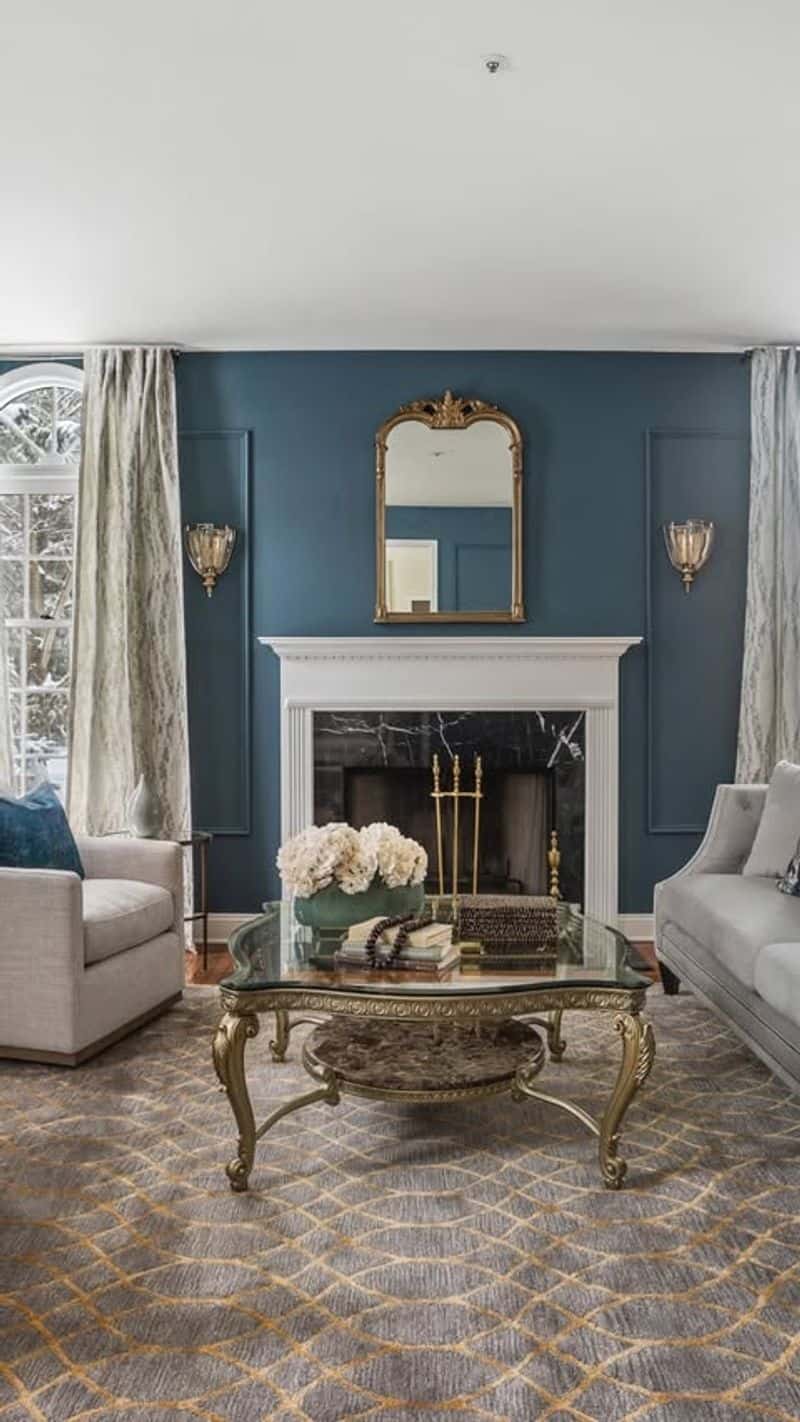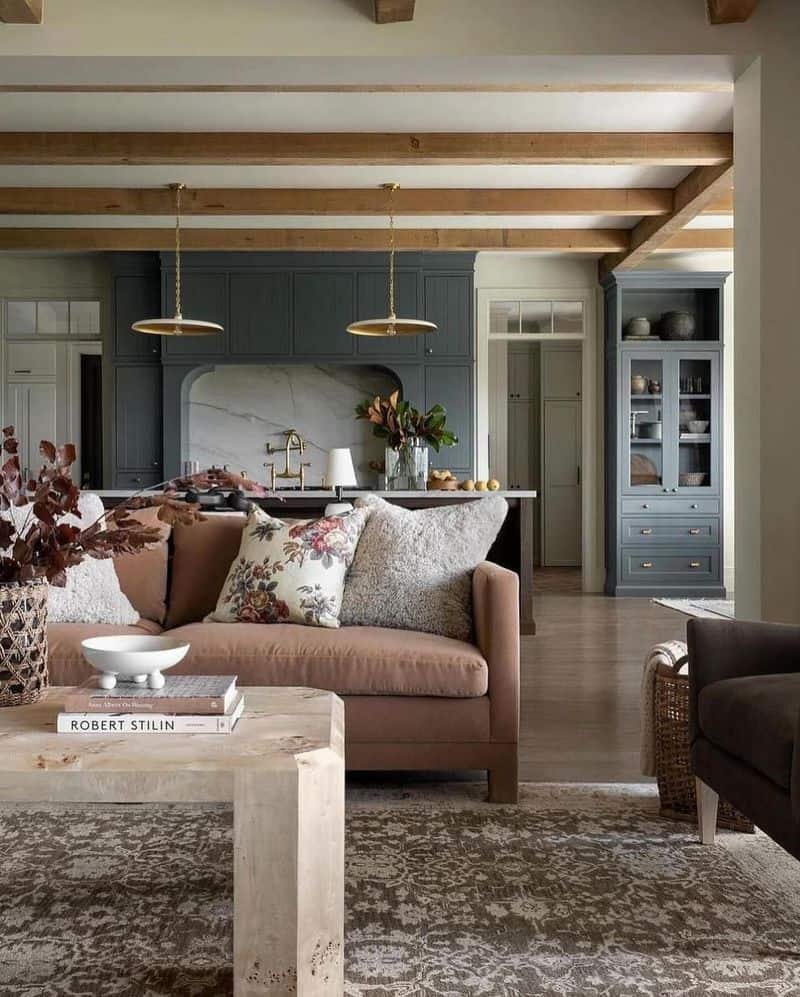Ah, the open-concept living trend—the darling of HGTV and the sworn enemy of walls everywhere.
For years, designers have been tearing down barriers (literally) in the name of “flow” and “togetherness.” But is this style all it’s cracked up to be? Or are we just one spilled pot of spaghetti away from regretting that open-concept kitchen?
Let’s dive into the pros and cons of open-concept and closed-concept living and see if the walls deserve a comeback.
1. The Case for Open Concept Living
Open-concept living has its perks, and here’s why it’s been a favorite for decades:
- The Illusion of Space
Got a tiny house or an apartment that’s basically a shoebox? Open concept to the rescue! Knocking down walls makes even the smallest spaces feel airy and expansive—like your house went on a diet and dropped 10 pounds of drywall. - Great for Entertaining
Throwing a dinner party? Open-concept living lets you cook, mingle, and pretend you’re a TV chef all at once. Your guests can sip wine at the island while you whip up appetizers, and everyone feels included in the action. - More Natural Light
With fewer walls blocking the way, sunlight has free reign to flood your space. It’s like your home finally discovered its glow-up filter. - Family Togetherness
Love them or hate them, you can’t avoid your family in an open-concept home. It’s perfect for parents who want to keep an eye on the kids—or for anyone who likes their loved ones right there at all times.
2. The Case Against Open Concept Living
But before you grab that sledgehammer, let’s talk about the downsides.
- Noise, Noise, Noise
Open-concept homes are basically echo chambers. The sound of your blender, your partner’s Zoom call, and your kids reenacting Hamilton will blend into one chaotic symphony. Enjoy your acoustics… if you dare. - The Smell Factor
Cooking in an open kitchen means every scent wafts through your living space. That delicious garlic chicken? Delightful. The fish tacos from last night? Not so much. And don’t even get me started on bacon grease. - Zero Privacy
Want to quietly binge-watch reality TV while pretending you’re working? Good luck with that. Open-concept living offers nowhere to hide—not for you, your mess, or your questionable life choices. - The “Forever Clean” Dilemma
In an open concept home, the mess from your kitchen migrates to your living room like it’s on a world tour. You’ll feel obligated to clean everything, all the time, because there’s no door to hide the disaster.
3. The Case for Closed Concept Living
Now let’s give some love to the underappreciated walled-off rooms of the world.
- Sweet, Sweet Privacy
With closed rooms, you can shut the door and pretend the rest of the house (and the people in it) don’t exist. Working from home? No problem. Need to escape family movie night? Just retreat to your bedroom and enjoy the blissful silence. - Specialized Spaces
Closed-concept homes let you assign specific purposes to each room. A dining room is for dining. A living room is for living. A home office is for pretending you’re working while scrolling Instagram. Structure can be comforting! - No Pressure to Be Clean
When you have walls and doors, you can close them and ignore the mess until tomorrow—or never. Out of sight, out of mind, right? Procrastination has never been easier. - Better for Noise Control
Unlike open-concept spaces, closed rooms contain the chaos. Kids yelling? Shut the door. Partner playing guitar like they’re auditioning for a band? Shut the door. A miracle!
4. The Downsides of Closed Concept Living
Of course, walled-off rooms have their drawbacks too.
- It Can Feel Cramped
If you’re working with a smaller house, walls can make it feel like you’re living in a labyrinth. And not the fun kind with David Bowie. - Less Natural Light
Fewer open spaces mean fewer windows connecting the whole home, which can make everything feel darker than your existential crises during tax season. - It’s Not as Social
If you’re hosting a party, a closed-off kitchen can leave you feeling like Cinderella stuck in the scullery while everyone else enjoys themselves in the ballroom.

